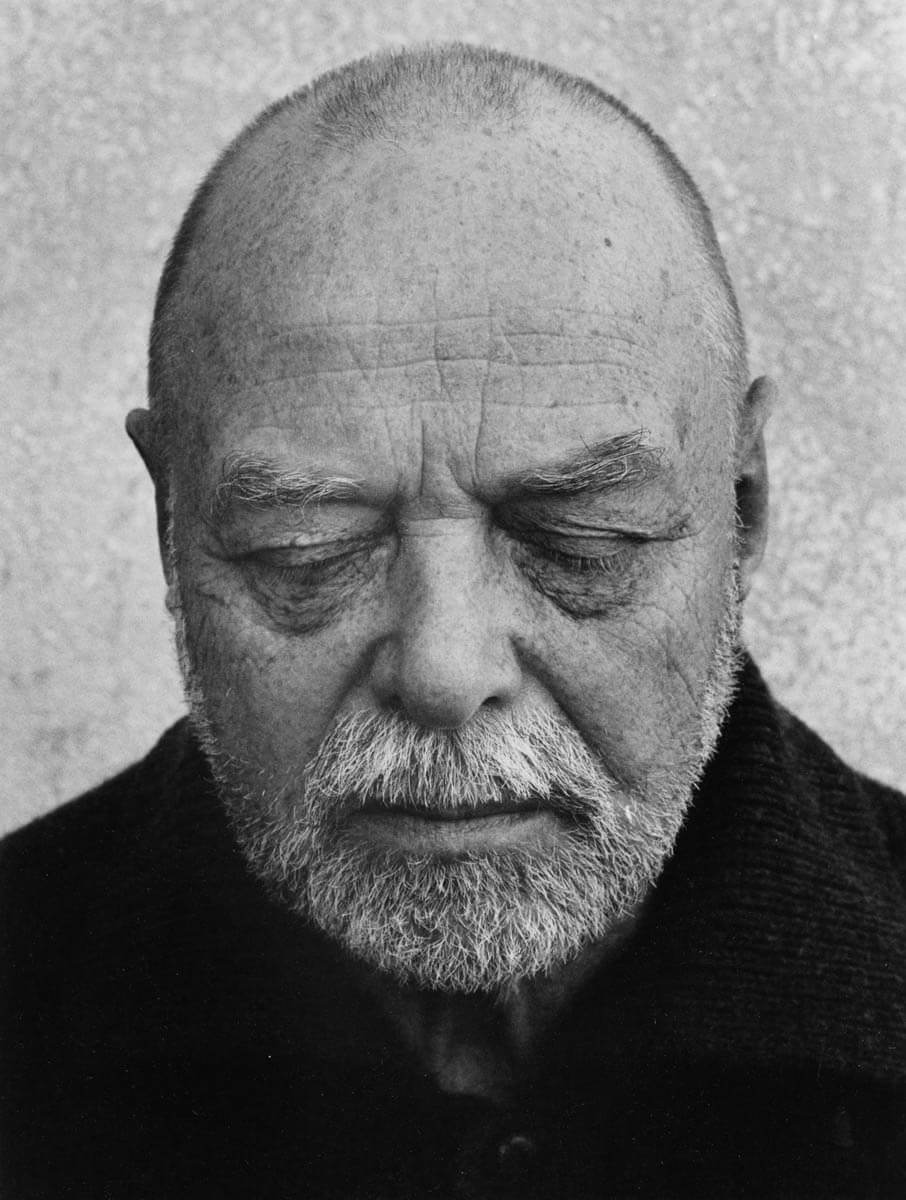Christer Strömholm is recognized as one of the major figures of 20th-century European photography. Strömholm captured his surroundings in black-and-white images that display his integrity, understated humor, and a highly personal aesthetic. With an unmistakable sensitivity to human suffering, based on his personal experience, he took photography in a new direction. Sean O’Hagan, writing in The Guardian, has described him
''as the father of Swedish photography both for his abiding influence and for his role as a teacher.''
Born in Stockholm, Strömholm discovered photography via graphic art in the late 1940s. During the 1950s and 60s he lived much of the time in Paris, where he developed his particular style of street photography. It was here that he produced his most famous work, Les amies de Place Blanche, a tribute to a group of young transsexuals with whom he became friends and whose lives he shared over many months. They were very much outsiders, struggling to survive with their main source of income being from prostitution. In these legendary photographs, shot at night in available light, Strömholm merged street photography and portraiture, depicting them as the close friends they were, in intimate and honest portraits far from the spectacular or speculative.
Les amies de Place Blanche raises profound issues about sexuality and gender; and, in Strömholm’s own words,
''it is about obtaining the freedom to choose one’s own life and identity.''
Strömholm also went on numerous photographic expeditions to places around the globe in the early 1960s, including Spain, Japan, India, and the USA. Early in his career, he began teaching in Stockholm, eventually setting up the legendary Fotoskolan, from which some 1,200 students graduated between 1962 and 1974.
Strömholm’s work has inspired many generations of photographers, though he did not become known to the broader public until 1986, with a major exhibition at Moderna Museet in Stockholm. Stömholm died in 2002.
Article
Christer Strömholm